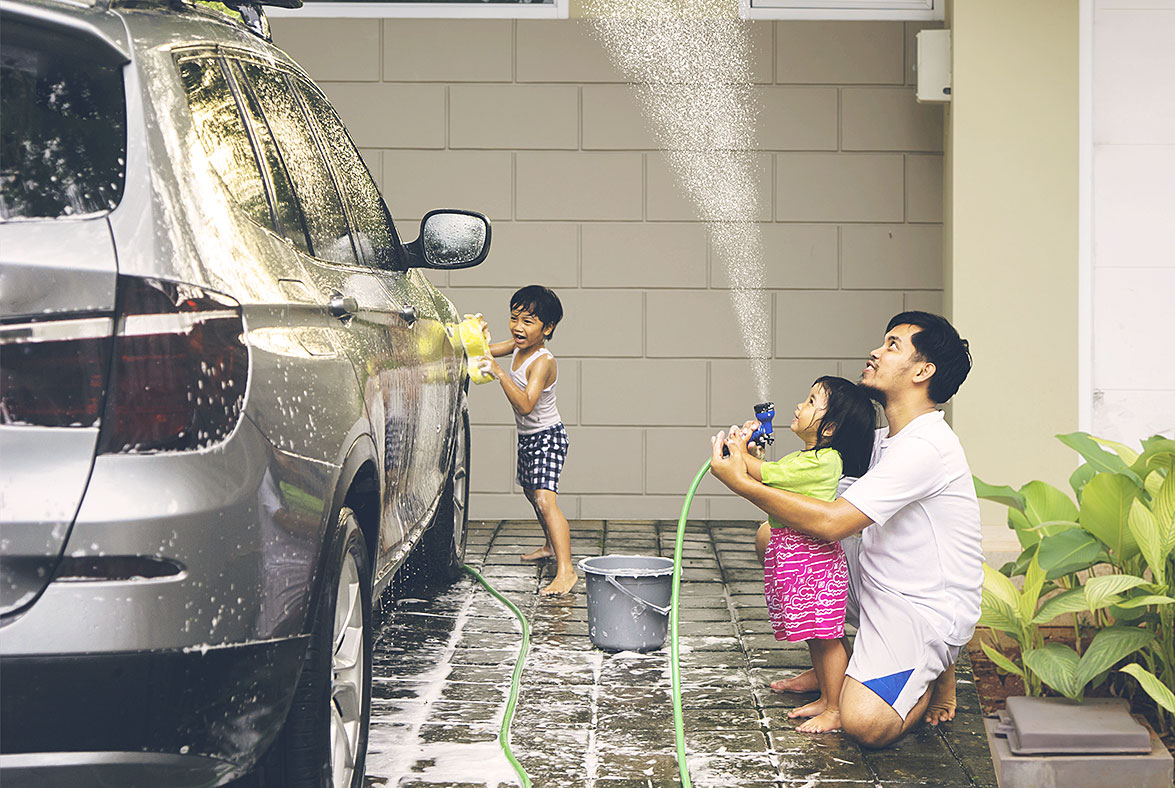Raftelis is the top prize winner in The Environmental Policy Innovation Center’s (EPIC) Water Data Competition. More than 30 organizations and individuals in the water sector submitted entries aimed at improving the EPA–mandated Consumer Confidence Report (CCR). Raftelis was honored with a $6,000 prize for its first-place win, which it intends to donate to the Raftelis Charitable Gift Fund, which supports nonprofits working in water protection and affordability, and scholarships for students.
In September 2020, EPIC launched the Water Data Prize competition to obtain market-based solutions for improving and elevating the readability, accessibility, and quality of the CCR. As the only mandated non-crisis communication to customers, CCRs present a meaningful opportunity for water systems to share information about water quality, public health, and community concerns. Research has shown consumers today have lower trust, satisfaction, and perceptions of safety with regards to their water, particularly those who are disabled, who speak another language, and renters. By improving the accessibility of CCRs, utilities stand to build trust with customers, increase stakeholder engagement with their water, and improve public health outcomes.
A panel of 14 judges from across the drinking water sector, including regulators, affordability experts, researchers, and communications experts, scored submissions based on a number of parameters, including how the submission makes it easy for the average person to understand the data on water contaminants; how well the submission promotes accessibility, ADA compliance, and multiple languages; how well submission incorporates design features that invite customers to learn more and engage with the data; and to what degree submission uses an emerging technology or an established technology used in a novel way.
Raftelis’ submission centered on the goal of accessibility to all audiences and rewrote the typical language of a sample CCR (Watertown). While the EPA sample CCR (provided at its website) obtains a Flesch-Kincaid readability of 11 grade, Raftelis’ submission gets it to a 9th grade level. Raftelis also checked its version against the CDC’s Clear Communication Index, a widget that helps writers evaluate public health writing for readability, clear call to action and clear writing. A second goal of Raftelis submission was to be responsive to the diverse nature of water utilities. Knowing that the range in size of utilities means there is also a range of resources available to create a CCR, Raftelis created two options, a website version and a PowerPoint version. It is intended that utilities with the ability to build on their website could implement the design and writing recommendations we made for a website and the smaller utilities with fewer resources could create a simple PowerPoint, based on the template we created.

“Raftelis is thrilled to have our entry selected for the top prize. Our team included former water utility communicators, who for years, longed for a way to make this critical document more readable and engaging for customers, but felt limited and stuck by the required EPA language and format. We commend EPIC for recognizing and prioritizing this effort and we welcome the opportunity to work with EPIC, other contestants, and regulators, to codify the kind of changes we and other entrants submitted,” said Raftelis Director of Strategic Communication Services Samantha Villegas.
CCRs were mandated as part of the Safe Drinking Water Act through the National Primary Drinking Water Regulation in 1998 (US EPA, 2012). Each year, community water systems are required to distribute a report to their customers with information about water quality, contaminants, violations, and health information for higher-risk populations. According to the EPA, CCRs are intended to “improve public health protection by providing educational material to allow consumers to make educated decisions regarding any potential health risk pertaining to the quality, treatment, and management of their drinking water supply.”
America’s Water Infrastructure Act (AWIA) of 2018 made changes to the CCR, requiring that utilities with greater than 10,000 population served will need to provide CCRs at least twice per year. In addition, the option for electronic delivery is now codified in the law, and EPA will issue regulations to increase the “readability, clarity, and understandability” and “accuracy” of the information. EPA is currently developing those regulations and EPIC intends to use the submissions from this competition to influence those changes.